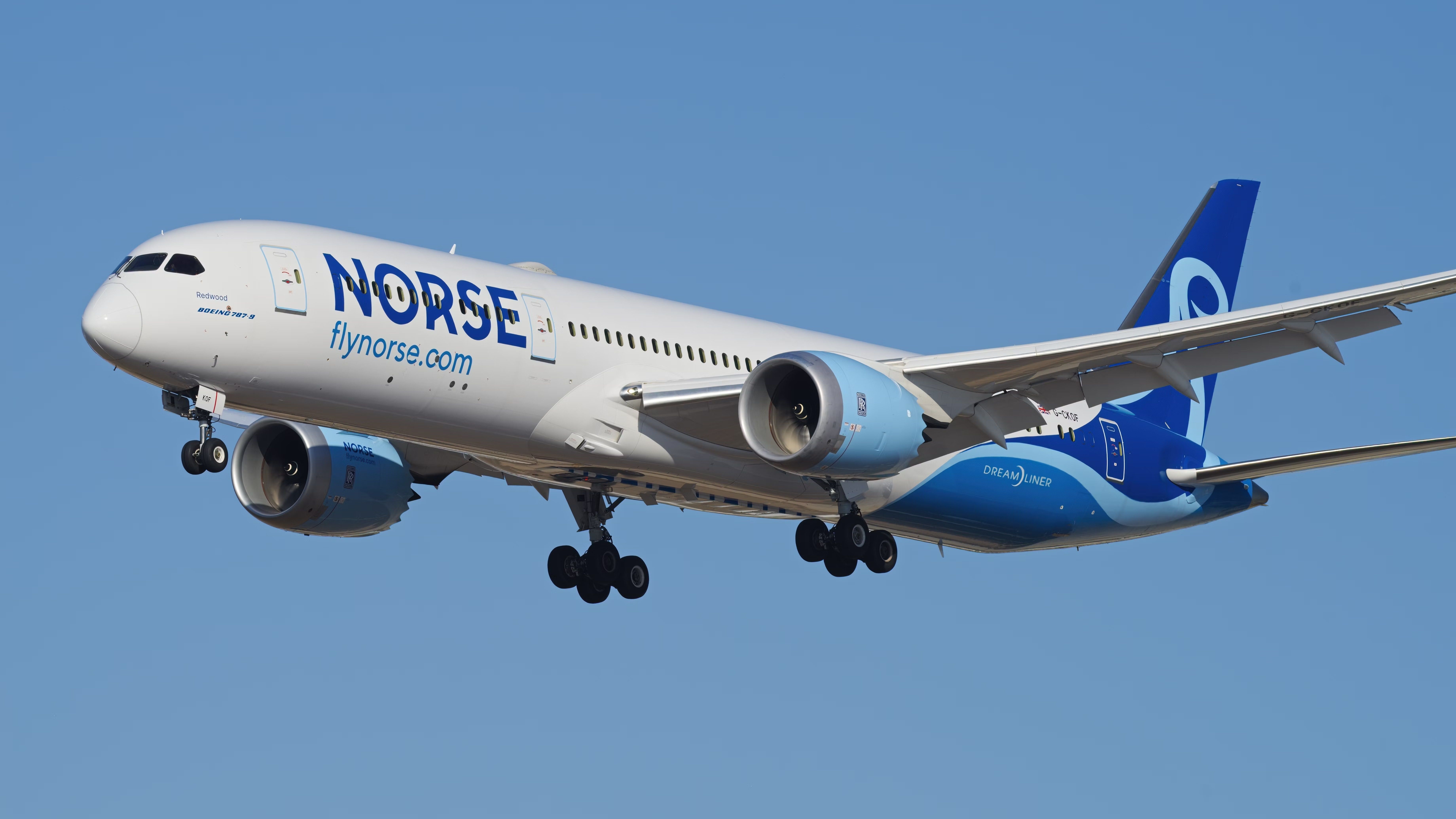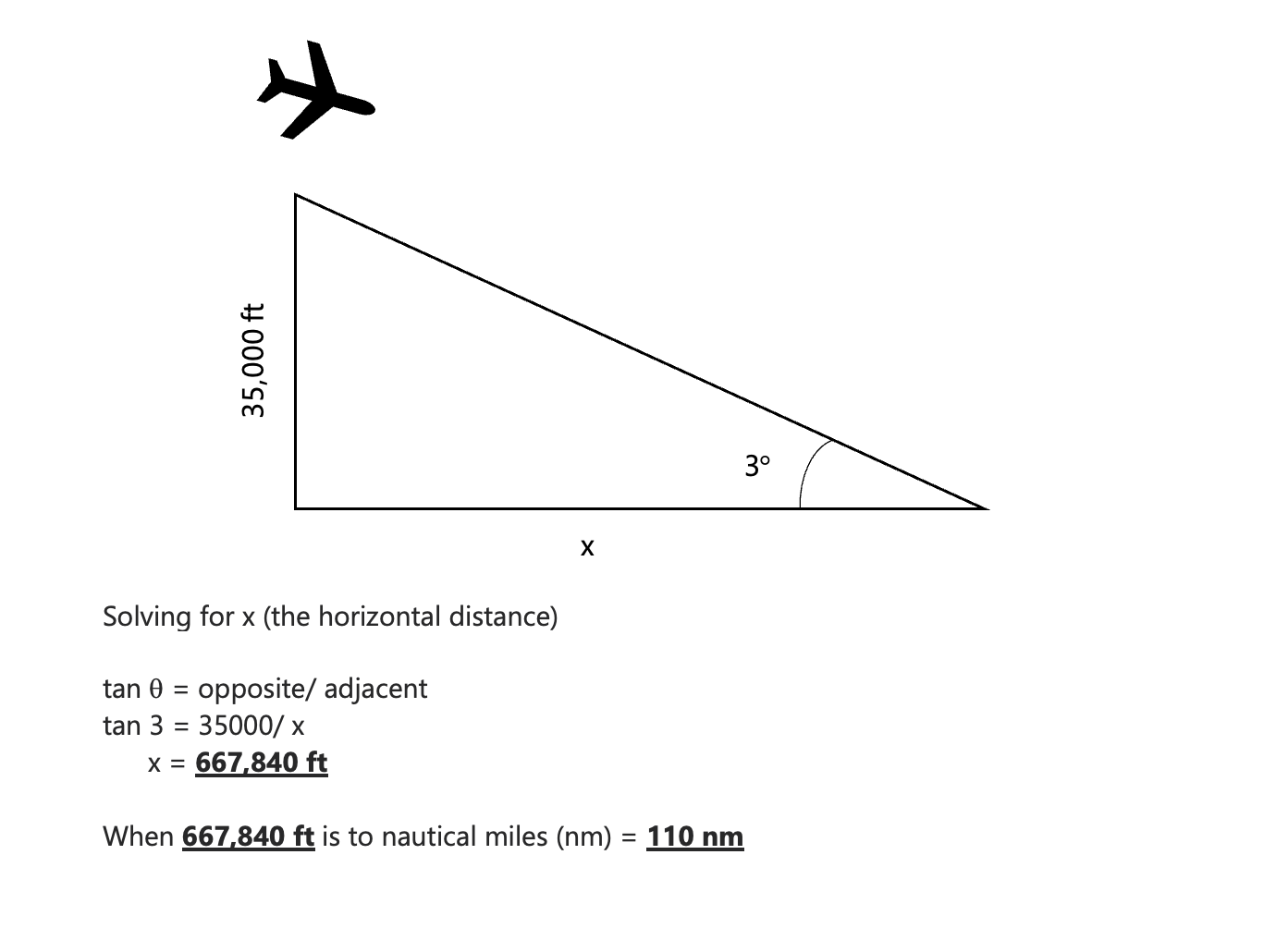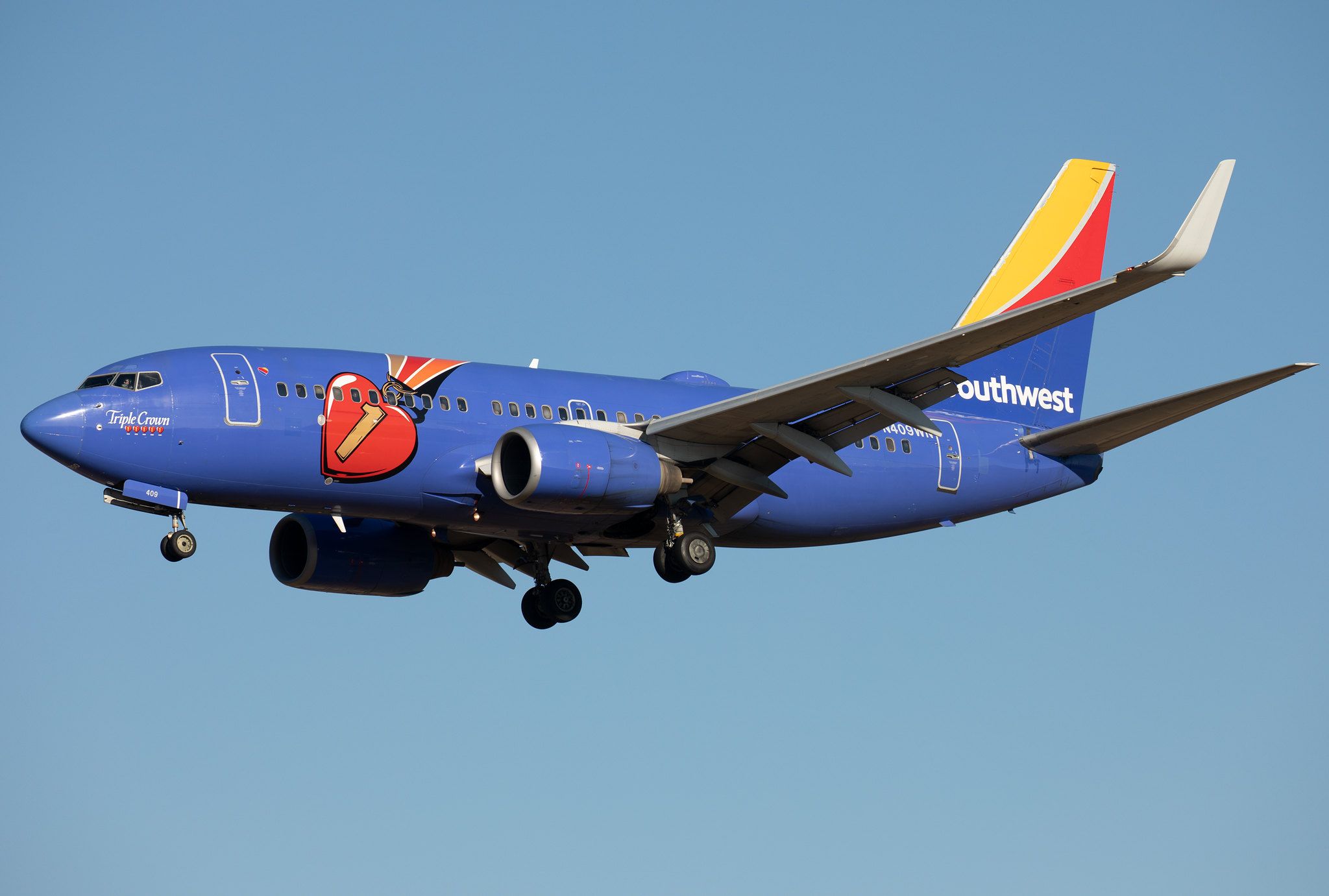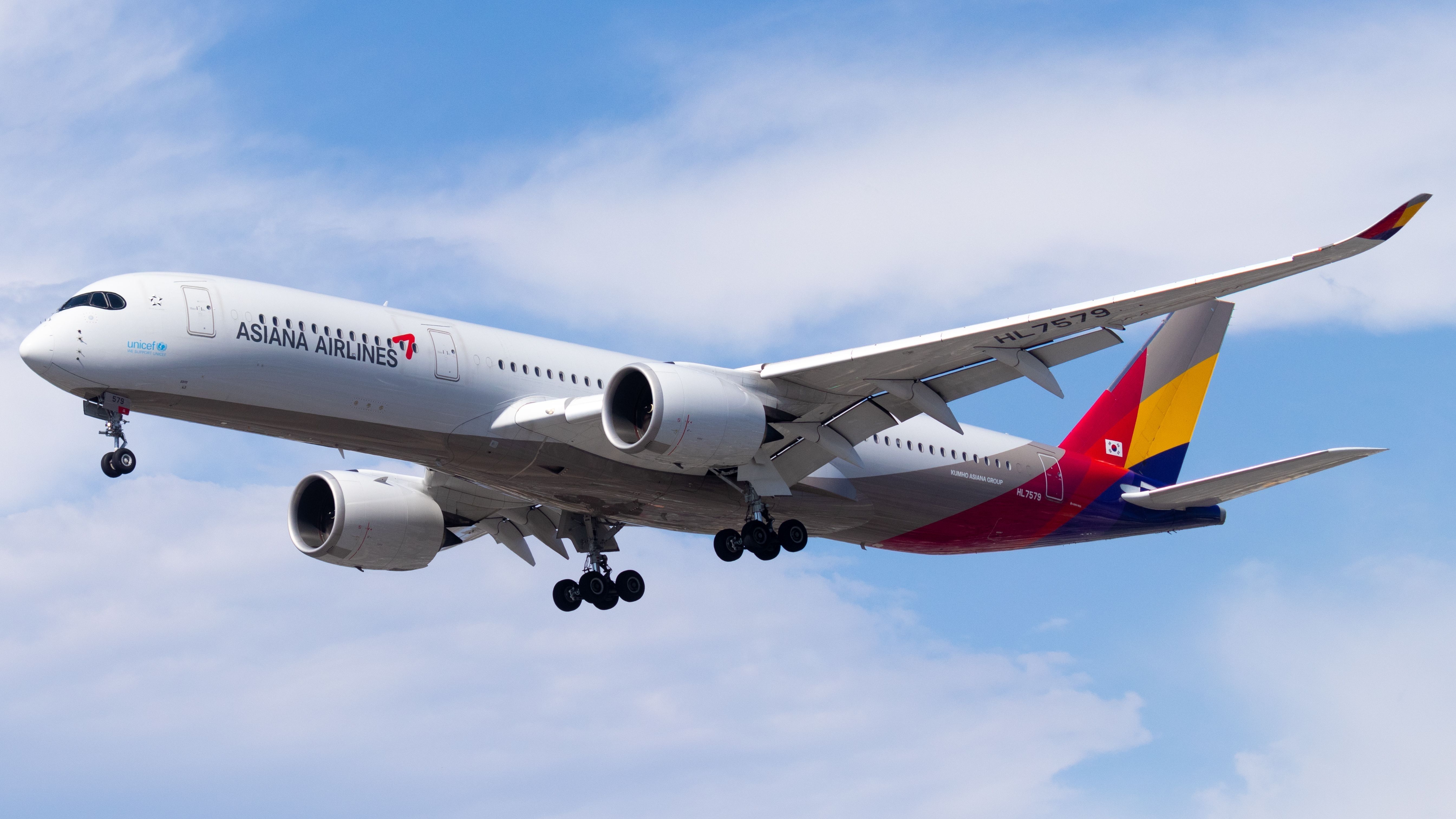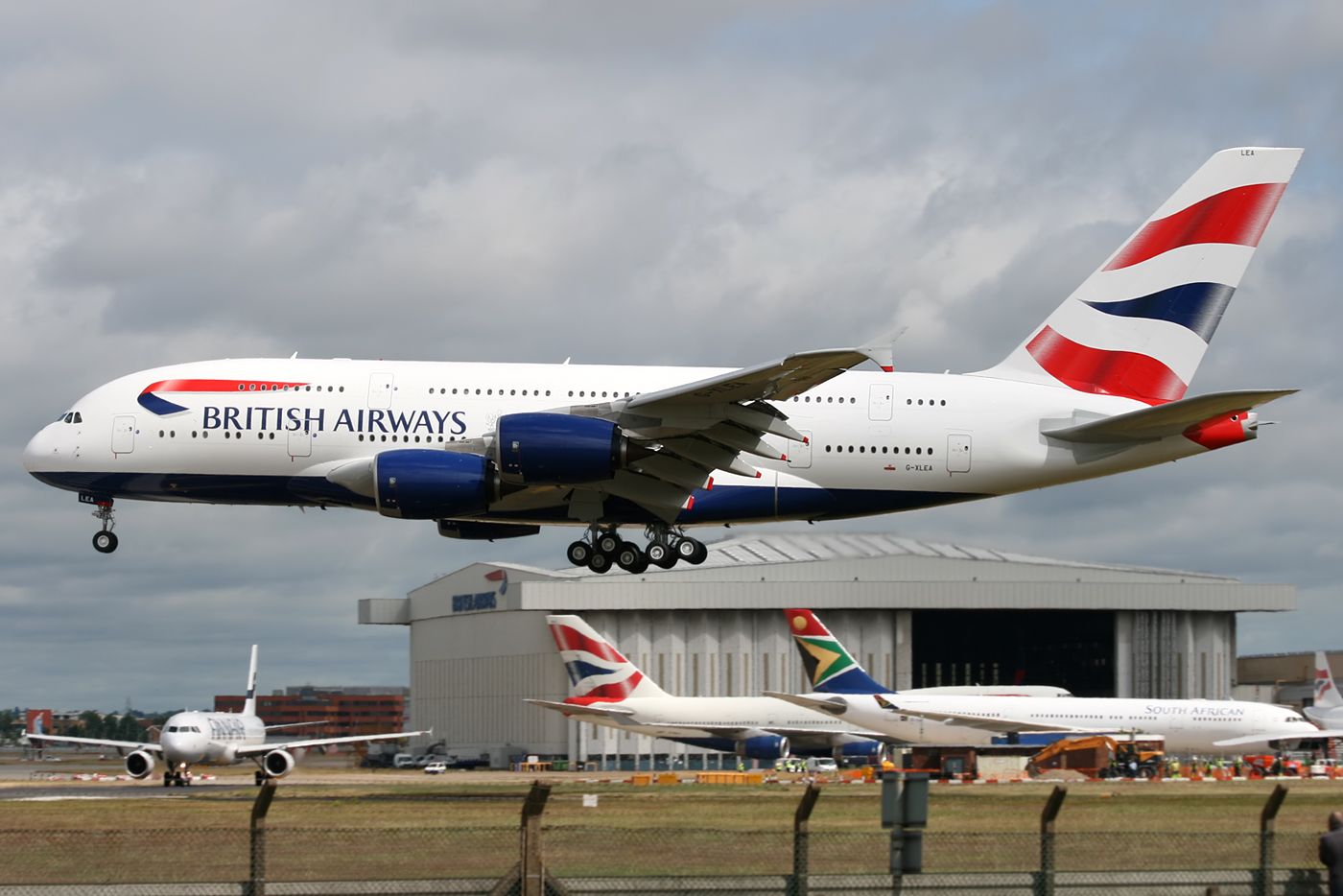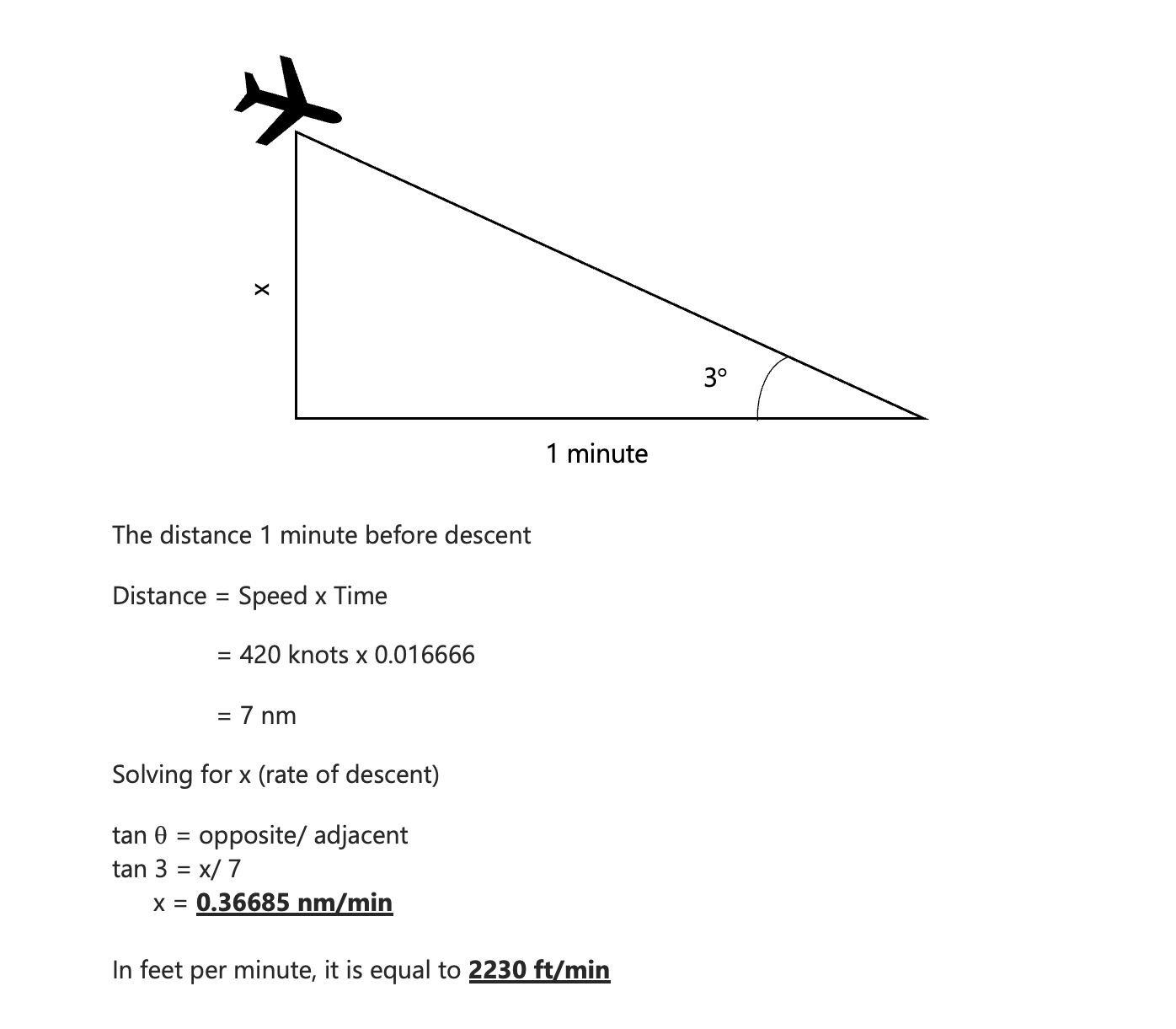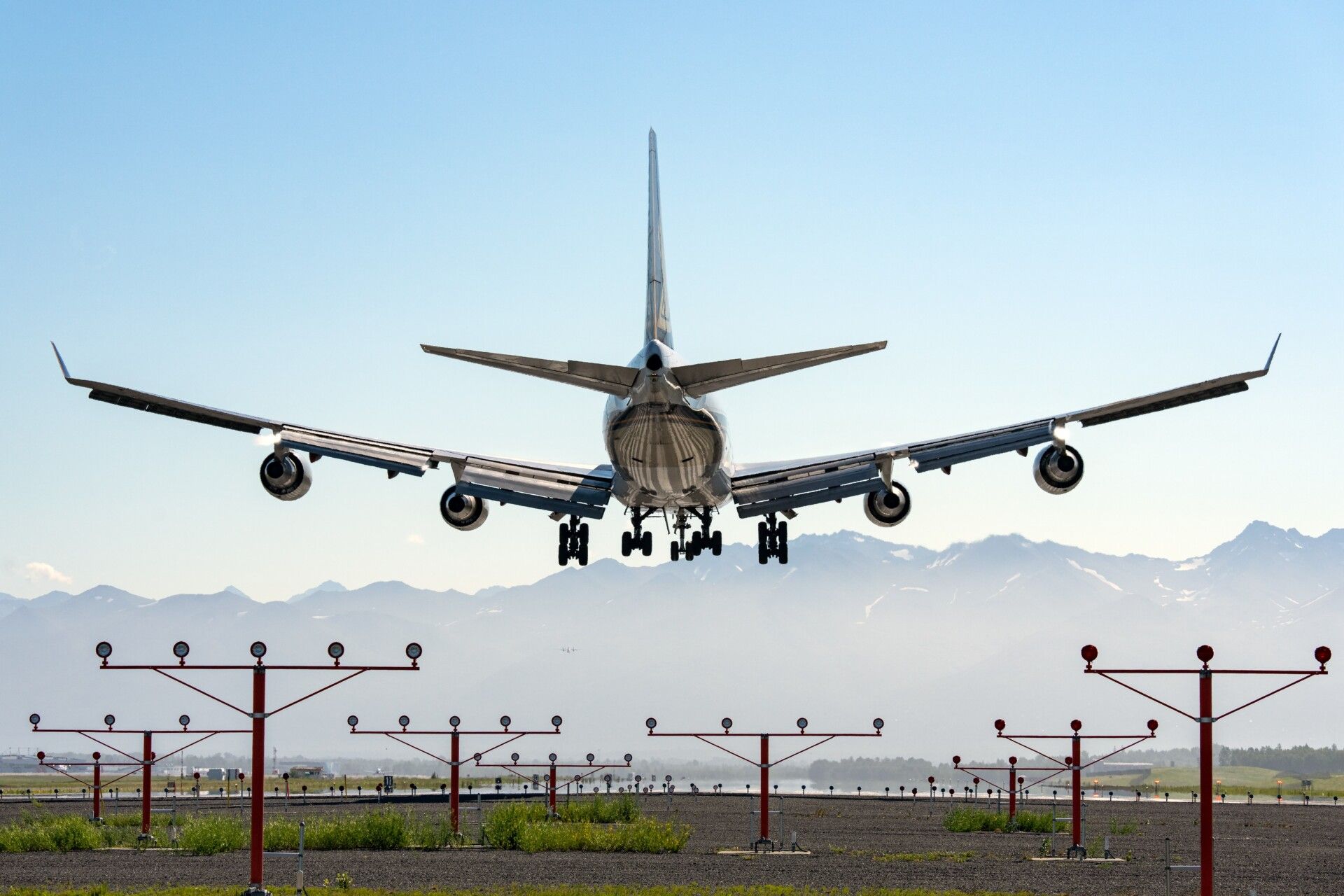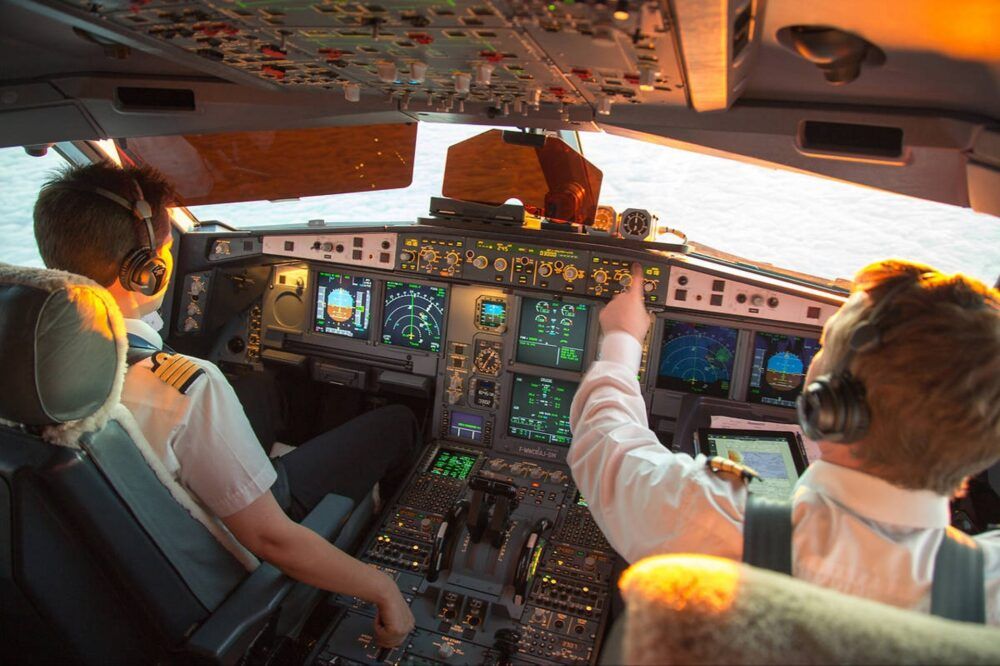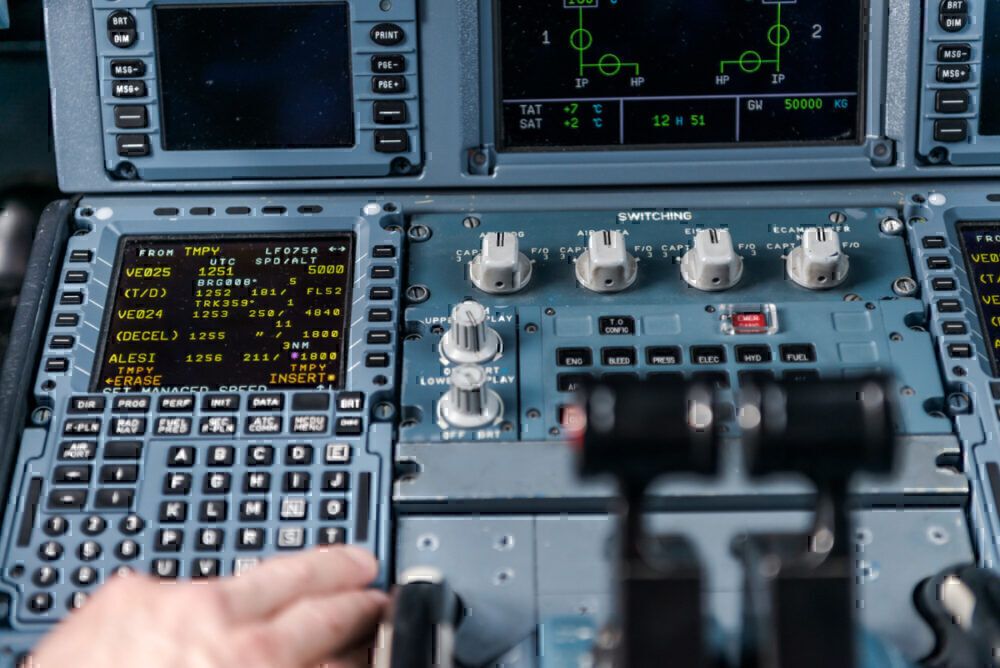Summary
- Pilots use trigonometry to calculate the top of descent (TOD) point for efficient descent and landing.
- A shortcut for calculating TOD is to multiply the altitude (without zeros) by 3, giving a close approximation.
- The ground speed of the aircraft is used to calculate the descent rate, with a shortcut of multiplying by 5.
Aircraft spend nearly 30 minutes to reach its cruise altitudes. The procedure for flying at high altitudes is set to minimize fuel consumption at low-density altitudes. Depending on the length of the flight, aircraft may spend up to 90% of the flight time at very high altitudes.
Flying high also means descent and approach for landing must be well planned. Descent is planned such that the aircraft remains at the highest altitude possible to obtain the maximum efficiency. Moreover, the descent rate is controlled such that the aircraft lands at the desired runway while making the flight comfortable for passengers.
Airspeed, rate of descent, and descent angle, must be precisely managed for a successful approach and landing. The typical descent for an airliner is performed at a 3-degree descent angle. This article focuses on how pilots plan their descent and what measures are taken for a successful descent.
The descent point calculation
The calculation of the descent point, or what is known as TOD (Top of descent), consists of simple trigonometry. If the pilot knows their altitude and if they also know the descent angle (3 degrees), the horizontal distance from the aerodrome or the target can be calculated. This distance is the distance from the target at which the pilot should initiate the descent.
The picture below shows the calculation. It shows an aircraft at 35,000 ft. If we consider a 3-degree angle, using trigonometry, the TOD can be calculated. However, as pilots measure distance in nautical miles (NM) the answer must be converted to miles.
To get the value in nautical miles, a conversion factor can be used, and feet can be converted into nautical miles. In feet, according to the calculation, the TOD is 667,840 ft and in nautical miles, it is 110 NM. So, in normal circumstances, the pilots should begin their descent 110 NM from the target or the landing aerodrome.
The use of trigonometry will always give the most accurate value for the top of a descent. But as you can imagine, when flying a high-speed aircraft, this is not practical. A pilot cannot keep on calculating the distance with every passing altitude using trigonometry to ensure that they are on the correct descent profile.
Luckily, there's an easier way. The trick is to multiply your altitude without the zeros by 3. By using the example above, to find TOD, we would multiply 35 and 3 (35 x 3), which gives us a value of 105 NM. Using trigonometry gave us 110 NM and the shortcut gives us 105 NM. The difference is just 5 NM which is close enough for practical purposes.
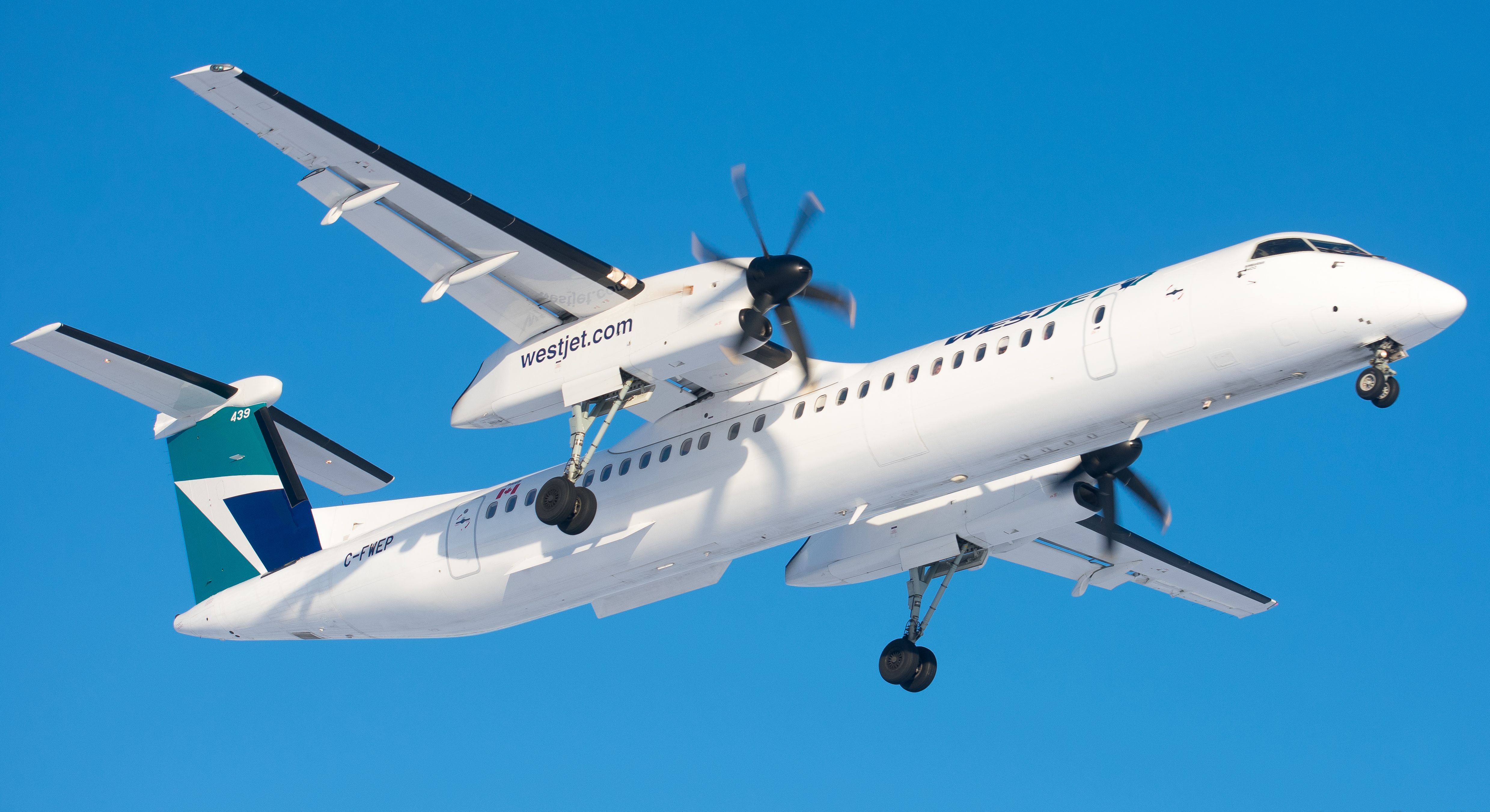
Pilot & Cabin Crew Injured On WestJet Encore Dash 8 During Descent
The crew members were injured after the aircraft encountered unexpected turbulence during the descent.Once the pilots initiate the descent, they can calculate the distance when passing through every 1,000 ft using mental math. If the calculated distance keeps on decreasing, that means the aircraft is getting high on profile, and an increase in the rate of descent is required.
If the distance keeps on increasing, the descent rate should be reduced as that means the aircraft is getting lower profile. For example, if the altitude is 10,000 ft and if the aircraft is 50 miles out, it is low in profile because, for a 3-degree profile, at 10,000 ft the distance should be 30 nautical miles.
Multiplying 3 works perfectly on low-speed airplanes. But when it comes to jet aircraft, because of their high speed, the pilots need to account for it. That is, they need to give it some room for deceleration. Therefore, when flying jets, pilots multiply the altitude by 3 and add 10 NM to the value.
Using the same example as above, 105 NM becomes 115 NM. This means the pilots should start their descent at 115 NM from the aerodrome. This, of course, does not apply to all jet aircraft. Some jetliners are so heavy that a 10 NM correction does not give enough distance to decelerate due to inertia. So, a higher correction might have to be used.
Once below 10,000 ft, where the speed is reduced to below 250 knots, the pilots could go back to using multiply by 3 methods without adding any corrections, because at that point, most of the deceleration is already done.
One crucial factor that can affect the descent profile of the aircraft is the prevailing winds. For instance, if the aircraft is flying in a strong tailwind, the pilots will have to increase their descent rate as the aircraft moves faster with reference to the ground. If there is a strong headwind, the opposite is the case. The pilots will have to reduce their descent rate to make sure that the aircraft does not get too low on the profile.
The descent rate calculation
The top of descent calculation is just one part of it. The rate of descent to achieve the correct profile is also equally important. As like before, the descent rate can also be calculated using trigonometry. To do so, you must know the ground speed of the aircraft. Using the ground speed, you can calculate what your distance is just one minute before you reach the aerodrome or the target. The picture below shows the calculation.
From the above calculation, it is clear that if the aircraft's ground speed is 420 knots, the pilots need to descend at a rate of 2230 ft/min to keep the aircraft on the 3-degree profile. As previously, this is not very practical. So, pilots use a shortcut. By multiplying the aircraft's ground speed by 5, the pilots can get a descent rate pretty close to the actual value calculated using trigonometry.
For the case above, it is (420 x 5) = 2100 ft/ min. It is about 100 feet per minute less than the calculated value, but for the practical side of things, it works like a charm. Most experienced pilots rarely keep calculating their descent rate. With experience, most pilots quickly learn the behavior of the aircraft during the descent, and they can very accurately eyeball it. It comes quite naturally.
Descent profile and rate calculations in modern aircraft
In modern aircraft with modern avionics, the descent profile is automatically calculated by computers. When prevailing winds are entered, the flight management system can accurately determine the top of descent and the rate of descent that is required.
However, many times, pilots are still required to manually control the descent rate as computers can only determine the correct profile if the aircraft is flown perfectly on the planned route.
Weather deviations and ATC restrictions rarely allow airplanes to be flown on the pre-planned route and thus, pilots of the most modern aircraft are still required to very well understand the descent profile and aircraft energy management.
What are your thoughts on the flight descent planning by pilots? How has your experience been during descent and landing? Share your experience in the comments section.

